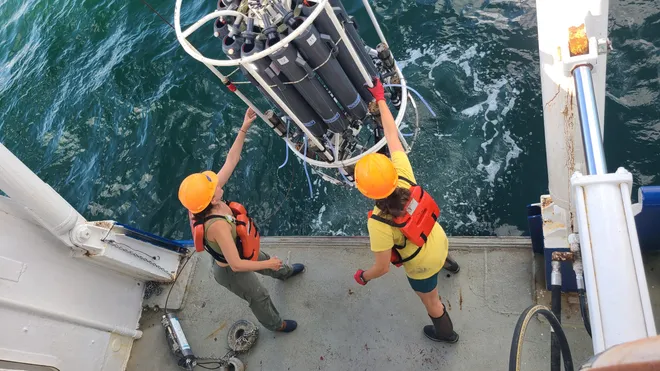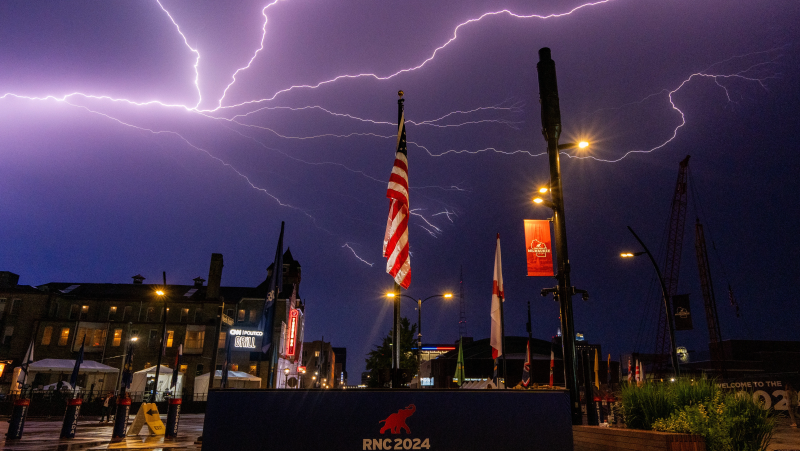A 'dead zone' about the size of New Jersey lurks in the Gulf of Mexico
For decades, an oxygen-depleted "dead zone" that is harmful to sea life has appeared in the Gulf of Mexico in a region off Louisiana and Texas. This year, it's larger than average, federal scientists announced in a report out Thursday.
The 2024 zone is about 6,705 square miles, which is an area roughly the size of New Jersey.
That makes this year's dead zone among the top third of largest dead zones in records that go back 38 years, the National Oceanic and Atmospheric Administration (NOAA) said. The average size of the dead zone is 4,298 square miles, based on the past five years of data.
It's also some 1,000 square miles larger than had been predicted earlier this year.
What is a dead zone?
A dead zone occurs at the bottom of a body of water when there isn't enough oxygen in the water to support marine life. Also known as hypoxia, it's created by nutrient runoff, mostly from over-application of fertilizer on agricultural fields during the spring.
"Nutrient pollution impacts water bodies across the country and in the Gulf of Mexico it has resulted in a dead zone, where low to no oxygen does not support fish and marine life,” said Bruno Pigott, acting assistant administrator of the EPA’s Office of Water.
Federal and state officials have attempted for years to reduce the fertilizer runoff from farms across the Midwest and Plains. This includes the EPA's new multi-million-dollar Gulf Hypoxia Program, which seeks to reduce the spread of nutrients from agricultural runoff and thus shrink the dead zone.

Marine life can suffocate
Nutrients such as nitrogen can feed the growth of algae, and when the algae die, their decay consumes oxygen faster than it can be brought down from the surface, NOAA said. As a result, fish, shrimp and crabs can suffocate.
“It's critical that we measure this region's hypoxia as an indicator of ocean health, particularly under a changing climate and potential intensification of storms and increases in precipitation and runoff,” said Nicole LeBoeuf, assistant administrator of NOAA's National Ocean Service.
The size of the dead zone in 2024 is about 3.5 times higher than the goal of 1,930 square miles set by the Mississippi River Nutrient Task Force to reduce the size by 2025, according to NOAA.

Dead zone may last for decades
Gulf Coast dead zones come and go yearly, dissipating during cooler months. But experts say they will persist for years, even in the best-case scenario.
A 2018 study in the journal Science said that the annual dead zone will continue for several decades. The study said that even if the runoff was completely eliminated, which isn't likely, it would still take at least 30 years for the area to fully recover.
According to that study, nitrogen can move very slowly through soil and groundwater systems, meaning runoff from agriculture can take decades to eventually reach the ocean.
Disclaimer: The copyright of this article belongs to the original author. Reposting this article is solely for the purpose of information dissemination and does not constitute any investment advice. If there is any infringement, please contact us immediately. We will make corrections or deletions as necessary. Thank you.





